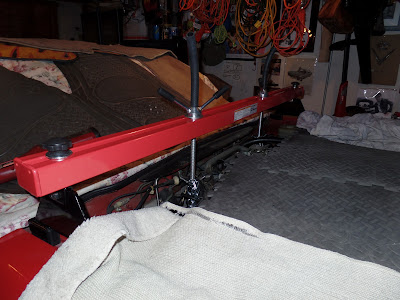2017 California Mille Rally participant involved in fatal collision.
The article in Autoweek didn't give the cause of this incident. The driver may have sustained a tire or suspension component failure. The driver may have swerved to avoid a deer or other animal. I have driven in the Mendocino area for many years and there are many locations where the trees are right alongside the narrow roadway. There isn't a great margin for error. So there are many possible causes.






